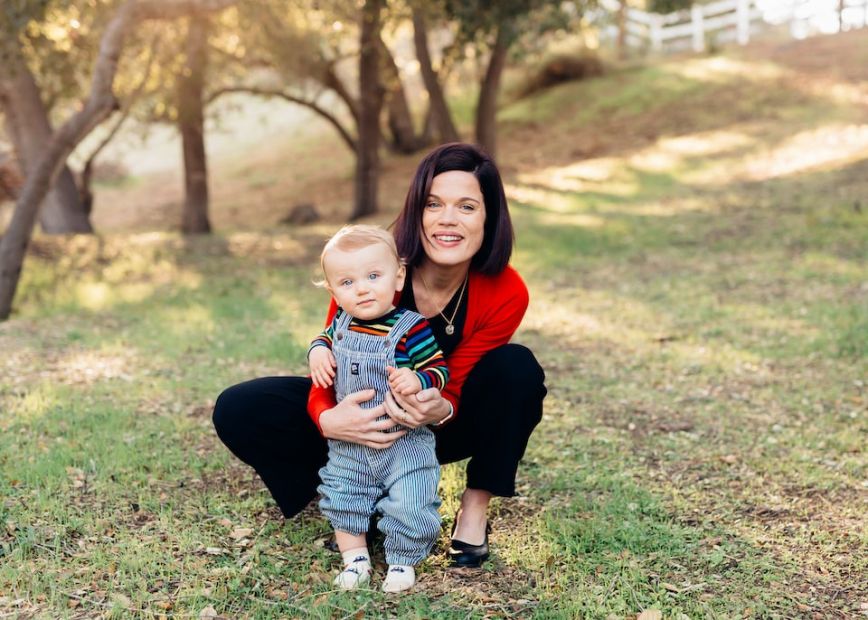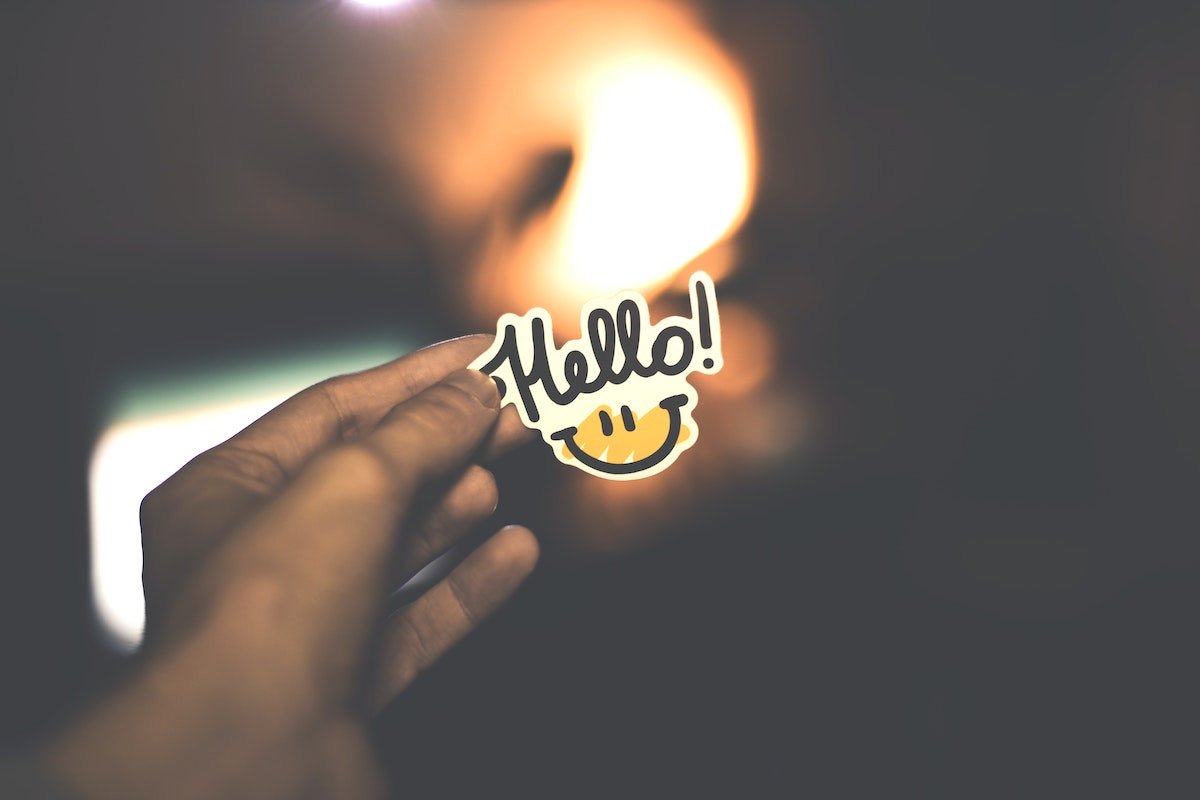Have you ever felt like you lost your creativity?
As kids, we intuitively lean into creativity. From a young age, we create worlds where our toy cars can converse with one another and where our dolls are involved in deep and rich dramas that we have created in our own minds.
As we grow up, we can tend to leave this creativity, imagination, and sense of play behind. A more practical thinking process replaces the imaginary and creative ideas that once filled our heads.
How can we get back to the creative thinkers we used to be? Is creativity the key to fostering new ideas, innovation, and new solutions at work?
How can we all
tap into our creative selves and bring them to the workplace? What will happen when we replace assumptions and routines with different angles and open minds? Let's find out!
What Is Creative Thinking?
Simply put, creative thinking describes one's ability to think differently about things. Creative thinking allows one to develop original and innovative
solutions to problems.
In the workplace, creative thinkers rarely allow the status quo to remain still. Instead, they are constantly pushing for new and creative approaches. This is the key to any organization looking to learn about the present and grow into the future.
The Components of Creative Thinking
Joy Paul Guilford was an American psychologist who studied creative thinking skills after World War II, focusing on divergent thinking. He designed numerous tests that measured creative thinking.
J. P. Guilford's research into creative behavior established the basis for much of our current understanding of creativity. In his research, Guilford identified four key elements of creativity. They are:
- Fluency (the ability to produce a great number of ideas or problem solutions in a short period of time)
- Flexibility (the ability to simultaneously propose a variety of approaches to a specific problem)
- Originality (the ability to produce new, original ideas)
- Elaboration (the ability to systematize and organize the details of an idea in a head and carry it out)
Guilford believed that standard intelligence tests didn't favor divergent thinking and, therefore, could not begin to measure someone's real intelligence.
Similarly, the workplace can be a venue where
hard skills are favored in the interview and screening process. However, studies have shown that
soft skills like
communication, problem-solving, or creative thinking have much more to do with an employee's success within and throughout their professional lives.
Why Is Creative Thinking Important?
If you consider some of the most impactful inventions or organizations, many of them have one common thread.
The biggest successes aren't borne from repeating the same processes or providing the same stale solutions. The biggest disruptors earned their name by introducing unorthodox solutions, different perspectives, and new solutions to old problems and stubborn barriers.
Creative thinking is essential on both the world stage and within even the smallest organization. Thinking creatively allows folks to keep open minds, recognize and shed
cumbersome biases, and use their talents in new and creative ways that foster change.
Creative thinking brings fresh perspectives to the workplace. With that comes a compelling drive to move forward with exciting and unexpected products, services, and solutions.
The Benefits of Creative Thinking in the Workplace
- Creating space to change circumstances
- Improving the ability to attract and retain quality employees
- Giving voice to those who are historically under-recognized in the workplace
- Allowing space for analytical skills to apply to previously "unsolvable" roadblocks
- Using collaboration and brainstorming sessions to unite coworkers and interdisciplinary teams
- Facilitating a space where inspiration and new perspectives are not only welcome but enthusiastically explored
- Increasing organization-wide productivity and problem-solving
- Encouraging a mindset of continuous learning and growth on a personal and organizational scale
How to Improve Your Creative Thinking Skills
- Look to other creative thinkers
- Think like someone else
- Stray from the routine
- Always ask questions
12 Examples of Creative Thinking Skills + How to Apply Them at Work
If you're pretty sure you are creative but you haven't identified the right vocabulary to communicate your capabilities, we have you covered.
For job candidates looking to explain their
creativity in a cover letter or in their resume, we have a few creative keywords that your future employers will love.
For employees or managers looking to create a lesson plan or introduce a new angle on a project, these are some creative skills to flex. Use these in some of the more challenging work scenarios to generate real, creative output from yourself and your team.
Here are some of the greatest creative thinking skills to use in the workplace—and how to do it!
1. Self-Awareness
Self-awareness is one of the most underrated soft skills out there. How can we expect to work alongside different types of individuals in the workplace when we don't know ourselves?
In fact, a lack of self-awareness is one of the worst traits to experience in the workplace, especially when dealing with
toxic coworkers or a
bad boss who doesn't understand why they're failing as a leader.
When thinking about self-awareness as a creative skill, it's knowing who you are and who you'd like to be.
How to Use Self-Awareness at Work
So, how can you become self-aware, exactly? To give yourself a self-awareness check-in, ask and answer questions about yourself in the present and the future. Here are some questions to ask yourself to create self-awareness.
- What are my goals and priorities?
- What are my three biggest strengths?
- What are my weaknesses at work?
- How do I think people would describe me?
- What do I want to achieve over the next year?
To get an accurate assessment, be honest with your answers. If you're unsure, ask those closest to you for an honest assessment. You can ask your best friends, your partners, or trusted coworkers. This is a great way to see how others view you.
2. Open-Mindedness
This is important in the workplace because it informs how you work alongside others, how you might manage clients, and how you develop products or services that serve real needs.
Open-mindedness requires a willingness to discuss topics and/or experiences that might not align with your own experiences.
How to Use Open-Mindedness at Work
Keeping an open mind might seem easy enough. It's allowing space for others to share. It's paying attention to perspectives shared and keeping them in mind. However, there are times when keeping an open mind might conflict with your point of view.
Here are ways to foster open-mindedness in yourself.
- Be willing to have your own ideas challenged.
- Keep calm and level when you might be proven wrong.
- Always consider others' thoughts and feeling when speaking publicly.
- Be humble and open to learning, even when (especially when) you consider yourself an "expert" in a certain topic.
- Be willing to listen to everyone's beliefs and thoughts, even if they conflict with yours.
- Lean into moments of discomfort with the aim to understand.
3. Experimentation + Tinkering
Experimentation and tinkering are great creative thinking skills because they are active and challenging in nature. Fostering a culture of experimentation at work has many benefits.
Experimentation in the workplace allows employees to actually ask the question, "What if?" together. From there, they can work in teams to try, fail, and succeed using new methods.
Even
"failure" in experimental learning is not a failure. When an experiment "fails," everyone involved has a working knowledge of what didn't work. This brings everyone closer to a solution that can and will work!
How to Use Experimentation at Work
- Try new solutions.
- Use data to analyze successes and failures.
- Explore what has worked and what has failed in the past. Find common threads.
- Give everyone (including yourself) a chance to try something new.
- Reflect on perceived "failures" and identify weak areas/areas of growth.
- Regard everything as an opportunity to learn.
5. Play
Some of the greatest ideas and innovations happen when we're at play. Many
studies have shown that unstructured play allows children to test new ideas and connect their previous experiences and ongoing explorations.
We can apply the same logic to workplace problems. Allowing the brain a break from constant strategy, implementation, and data analysis allows space for real creativity to blossom.
When facing a particularly challenging problem at work, have you ever opted to get up from your desk and go for a walk or through a ball around?
How to Use Play at Work
Create space for play in your workday. Here are a few ideas to help you disconnect for a few minutes.
- Go for a walk, run, or swim.
- Take time to doodle or color in a coloring book.
- Play a brain game with your coworkers.
- Play a video game.
- If you have kids, take a break to engage in whatever they play.
- Build something (and knock it down).
5. Listening
Listening is one of the most important skills in the workplace. In fact, if you browse the other creative thinking skills on this list, none of them can be achieved without good listening skills in place.
Listening, really listening, touches every piece of work in every workplace. Employees with great listening skills learn more, use knowledge to advance their careers, may have heightened empathy, and are usually key components in real problem-solving.
How to Use Listening at Work
- Know when to employ different types of listening.
- Use mirroring to convey that you are listening and understanding in a conversation.
- Listen between the lines to hear what's being said versus what's really being said.
- Whenever possible, prioritize listening over speaking.
- Pay attention to body language or other non-verbal cues.
6. Collaboration + Brainstorming
While we love the story of a lone innovator, no successes come from a solo individual—especially not in the modern workplace.
Collaboration, brainstorming, and teamwork are integral to a successful workplace.
Collaboration and brainstorming play vital roles in fostering innovation, creativity, and problem-solving within a work environment. They encourage the collective intelligence and diverse perspectives of team members, leading to better outcomes and increased productivity.
When people come together to brainstorm, collective energy and synergy often spark unexpected creativity.
How to Use Collaboration + Brainstorming at Work
- Use brainstorming to generate ideas and solutions.
- Work alongside individuals from diverse backgrounds to work together on projects or initiatives.
- Try using platforms like Slack, Microsoft Teams, or Google Workspace for real-time communication, document sharing, and collaborative editing.
- Organize feedback and critique sessions where team members can provide constructive feedback on each other's work.
- Look for opportunities to collaborate with external partners, such as industry experts, consultants, or other organizations.
7. Creative Problem-Solving
Problem-solving skills are a set of soft skills to use in difficult, unexpected, or complicated matters that arise in the workplace.
Creative problem-solving is finding a completely new and unchartered way to solve a problem. In addition, creative problem solvers dive a little deeper to find the root cause of the problem. This way, they find solutions that aren't just bandages but sustainable ways to fix a recurring problem—for good.
Creative people bring unique perspectives, alternative solutions, and productive new directions to departments and companies.
How to Use Creative Problem-Solving at Work
- Take time to identify problems beyond the surface issue.
- Identify potential problems and preemptively solve them.
- Use a mixture of data collection and attention to detail to formulate a thoughtful solution.
- Resist the urge to apply a "quick fix" to a problem and opt for long-term solutions.
8. Data Analysis
Creativity and data don't mix, right?
Ask any
data analyst, and they will disagree. In fact, using data and creativity in tandem is often a recipe for overwhelming success. Data sets have a reputation for being hard, mathematical, and unmoving. However, when creativity is applied to data sets, they are malleable and informative in ways a simple spreadsheet could never communicate.
Employees with data analysis skills can dovetail mathematics with creative interpretation. They can describe what's happening—and why—within data sets so that others can understand and digest it.
For example, a data analyst can create a story for the quarterly numbers that tells exactly why they fluctuated, underperformed, or overperformed. Those with data analysis skills are adept at reading and interpreting data. They can use these skills to identify problems, detect successes, and improves processes.
How to Use Data Analysis at Work
- Create visual diagrams of data.
- Create a story-based distillation of a data set.
- Create forecasts based on previous data sets.
- Identify potential problems and solutions based on data.
9. Visual Thinking
Have you ever been trying to explain something only to find yourself drawing it on a whiteboard or a piece of paper?
Visual thinking is the process of using mental imagery and
visual representations to understand, solve problems, and communicate information. Visual thinkers often create mental pictures, diagrams, and visualizations to analyze and process information.
In simple terms, visual thinking means using pictures in your mind to help you think. Instead of just relying on words or numbers, you create a picture. It's like having a movie or a picture in your head that helps you make sense of ideas and concepts.
Visual thinking can be a powerful tool because our brains are naturally wired to process visual information. Visual thinkers can use this creative superpower to paint the picture of a solution or a new product at work.
How to Use Visual Thinking at Work
Here are ways to put your visual thoughts to work when communicating or problem-solving at work.
- Create mind maps or visual maps that show relationships or steps to connect ideas to goals.
- Draw process flowcharts that show the steps needed to achieve a goal.
- Create infographics to distill more complex data into viewer-friendly visual content.
- Sketch ideas to show exactly what you're thinking and how it looks.
- Use diagrams to analyze and solve problems.
- Create visual presentations when relaying complex information to an audience (even iof the audience is just yourself!).
10. Simplification
If you're a regular reader of Career Contessa, you already know that we're not huge fans of
corporate jargon.
Simplification is so important in the workplace. It creates accessibility and understanding across the board without any gatekeeping or alienating lingo.
While simplification might not sound creative, it really is one of the most creative skills one could use in a workplace scenario. If you've ever been asked to describe something in simple terms or explain something to an alien that landed on Earth for the first time, you are familiar with the art of simplification.
It's distilling any complex problem or process into one or two sentences that anybody could comprehend. In a corporate world soaked with useless jargon, it's also a huge timesaver.
How to Use Simplification at Work
- Create simple, actionable to-dos in projects.
- Reduce your CCs and BCCs on emails, only including those who need to be included.
- Create checkpoints to distill and communicate pertinent information to clients, stakeholders, or managers.
- Reduce time-wasting meetings in favor of productive work.
- Say what you mean while keeping it professional.
- Always have the ability to explain your work in complex terms and in simple, easy-to-digest terms.
11. Storytelling
Whenever you can
infuse storytelling into your work, you can further involve and captivate your audience. By adding elements of empathy, experience, sight, sound, and even smell, your work comes to life.
When making a pitch, storytelling can help you bring your ideas to life. When introducing a new approach to a problem, storytelling can set the stage for why your solution is so special.
There are seven basic plots that most stories adhere to, and many of them apply to most work settings. Here they are:
- Overcoming the Monster
- Rags to Riches
- The Quest or The Hero's Journey
- Voyage and Return
- Comedy
- Tragedy
- Rebirth
Using basic plots of storytelling, creatively juxtapose your work with a relatable journey to a successful ending.
How to Use Storytelling at Work
- Use one of the seven basic plots to tell a story, present a problem, or pitch a solution.
- Use the classic story structure (exposition, rising action, climax, resolution) in a presentation.
- Tell your career story in an interview or when asking for a promotion.
12. Reflection
It's no coincidence that we started this list of skills with self-awareness and are ending with reflection. That's how important it is to take time to reflect and meditate on your work.










